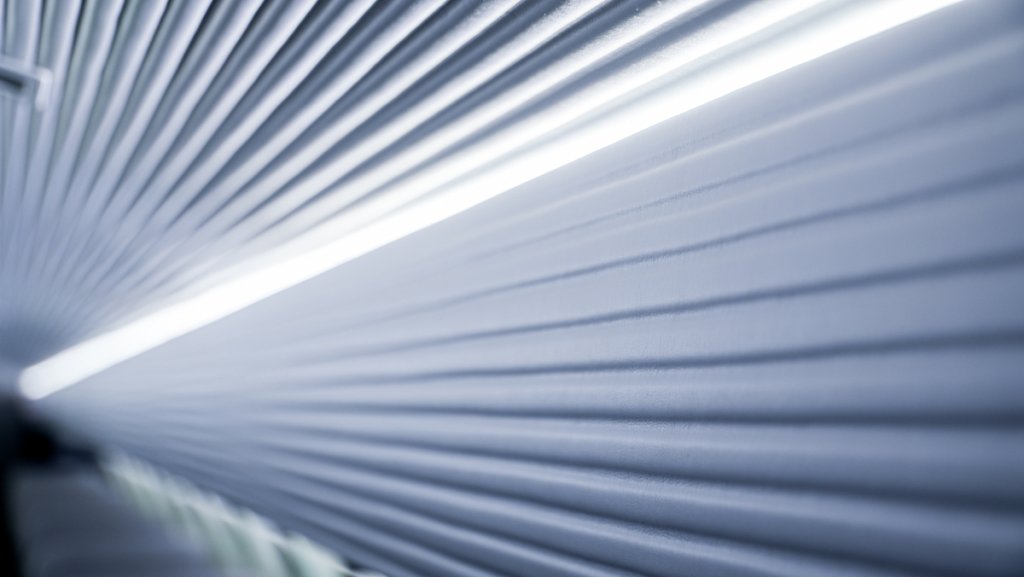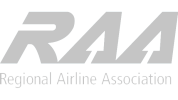Inadequate aircraft cabin lighting may negatively affect your passengers’ comfort during flight. Dimming, yellowing, and flickering lights are usually the byproduct of aging light systems and may negatively impact passengers’ experience during flight. LED lights provide consistent cabin lighting and other benefits over these older systems. However, you may wonder if they are worth the upfront cost.
By fully understanding the advantages, including long-term cost savings, you can determine whether upgrading to LED cabin lighting is the right choice for your corporate or regional aircraft.

What are LED Aircraft Cabin Lights?
LED (light-emitting diode) technology consists of a circuit board, computer chips, and diodes to produce light. It does not contain harmful products like some older lighting technologies, such as the use of mercury in fluorescent bulbs.
LED light tones, measured in kelvin, range from cool or bright white (high kelvin) to warm yellow (low kelvin). Some LED lighting applications can change color, known as mood lighting.
In the aircraft cabin, LED lights (and sometimes mood lighting) can be installed along the ceiling (up-wash) and sidewalls (down-wash), in the galley and lavatory, and as personal reading lights. Additionally, there is a vast range of accent light options, including but not limited to under-seat lighting and window reveals.
LED Aircraft Cabin Lighting Costs
Upfront LED costs are higher than older lighting systems, but LED lights are more cost-effective over time. Unlike other lighting systems that require regular maintenance and replacement parts, LED lighting has fewer parts and no bulbs to replace, resulting in significant cost savings.
The total cost of upgrading aircraft cabin lighting includes the price of LED lights plus installation fees. However, the total price varies depending on additional factors, such as the aircraft cabin size and lighting options.
LED cabin lights are purchased by the foot (12-inch measure). This means larger aircraft cabins often require more lighting than smaller aircraft. For instance, a regional aircraft with one up-wash, two down-wash, reading lights, and lights in the lavatory and gallery costs approximately $70,000.
Private jets have more customizable LED lighting options than regional or commercial aircraft. Customized options vary the most in price and may differ depending on the seller and installation center.

Benefits of LED Aircraft Cabin Lighting
Consistent Lighting and Brightness
As lighting systems age, fluorescent or incandescent bulbs may dim, discolor, or burn out, leaving gaps throughout the cabin. In comparison, LED lighting produces consistent lighting, even as it ages, providing better light quality and less eye strain.
LED lighting also lends showroom-like brightness to the cabin interior. Older lighting systems can distort color and make new interior materials appear different than when they were selected and modeled in an interior designer’s showroom.
Control Options
Older lighting systems have limited capabilities for controlling cabin lighting. With LED lights, there are more options for controlling brightness, tones, and colors (if mood lighting is installed). However, these capabilities vary depending on the lighting system and aircraft type. Private and semi-private aircraft often have more customizable and personal control options due to their cabin management system (CMS) capabilities. Newer technology options include Bluetooth and apps on electronic devices.
In most cases, LED lighting can be integrated into existing light control systems.
Lower Power Requirements
LED lighting systems require significantly less power than fluorescent and incandescent lights. These older lighting options use 110 volts of AC power while LED lights use 28 volts of DC power.
In addition to lower energy requirements, lower voltage also means reduced risk of electrical shock and very low emittance of heat, minimizing fire hazards.
Lightweight
LEDs are more lightweight because they do not require as many installation parts as older lighting systems. For instance, fluorescent light fixtures require several ballasts to regulate the electrical current. Each ballast weighs nearly two pounds, and a super-midsize jet could have 16 to 18 ballasts installed.
LED lights are also made with plastic, rather than glass, making them not only more lightweight but safer and more durable because they will not shatter.
Longevity
LED lights have a life of 50,000 hours or longer, compared to incandescent bulbs which have a useful life of approximately 1,000 hours.

Lead Time for LED Aircraft Cabin Lights
The lead time for LED cabin lighting systems ranges between a few days to a few weeks, depending on the supply vendor.
Downtime for LED Installation
Installing LED lighting on a regional aircraft can take less than two weeks. To minimize downtime, lighting upgrades can be coordinated during a major inspection or heavy check or coordinated with interior refurbishment.
LED Aircraft Cabin Lighting Upgrades Advice
LED lighting offers a wide range of options, including different tones and colors, and can be installed in various locations within the cabin. When working with an interior designer or lighting supply vendor, ask about available options and request samples to ensure the lighting is meeting the needs of your cabin design.

















